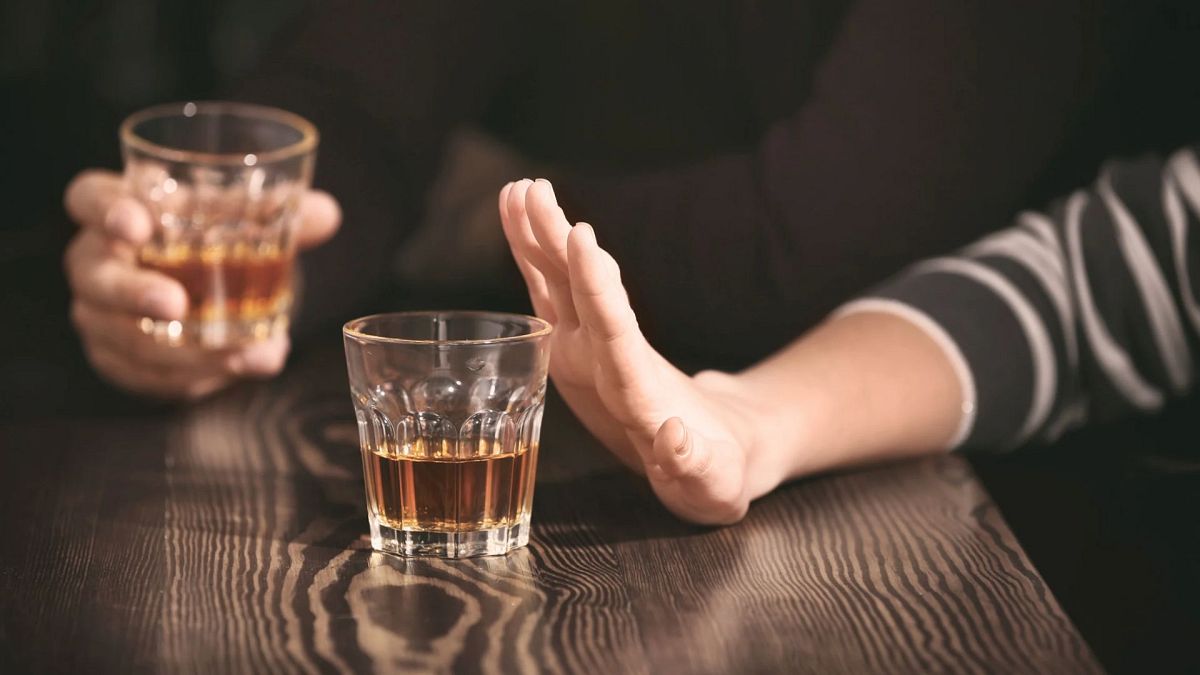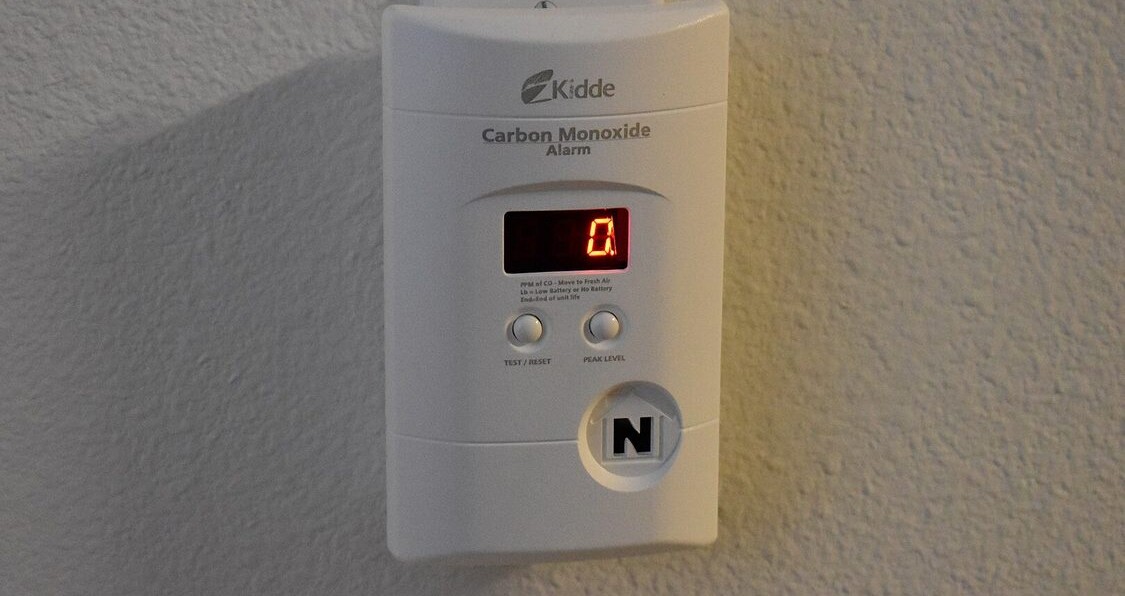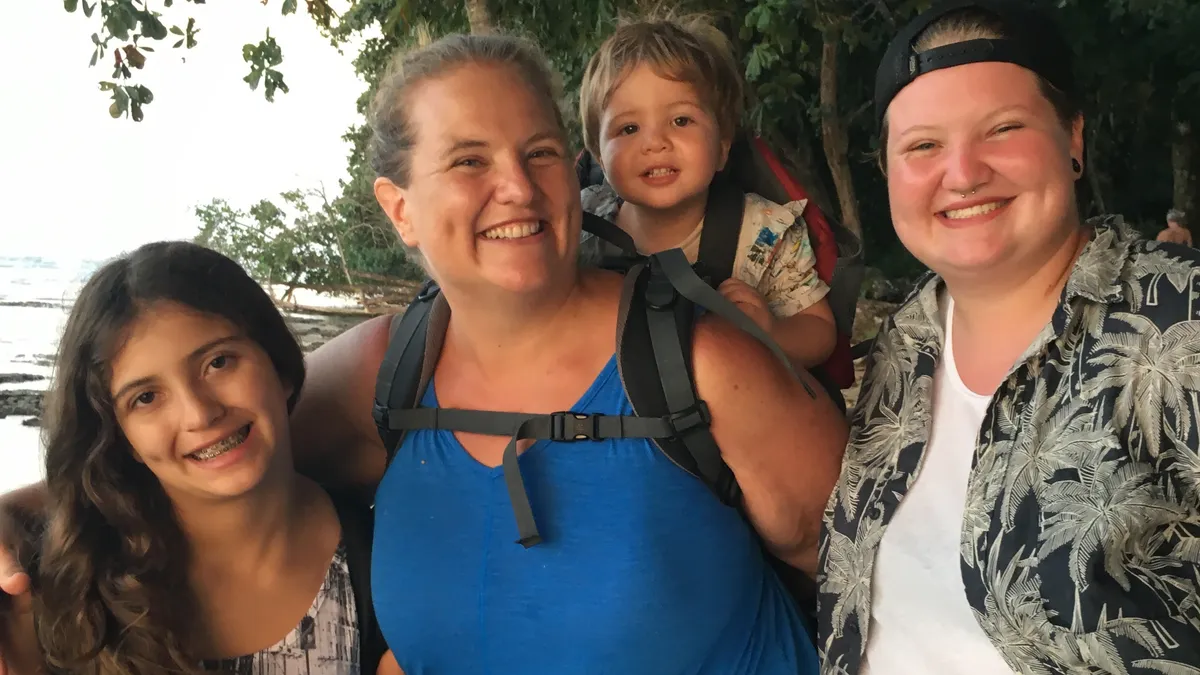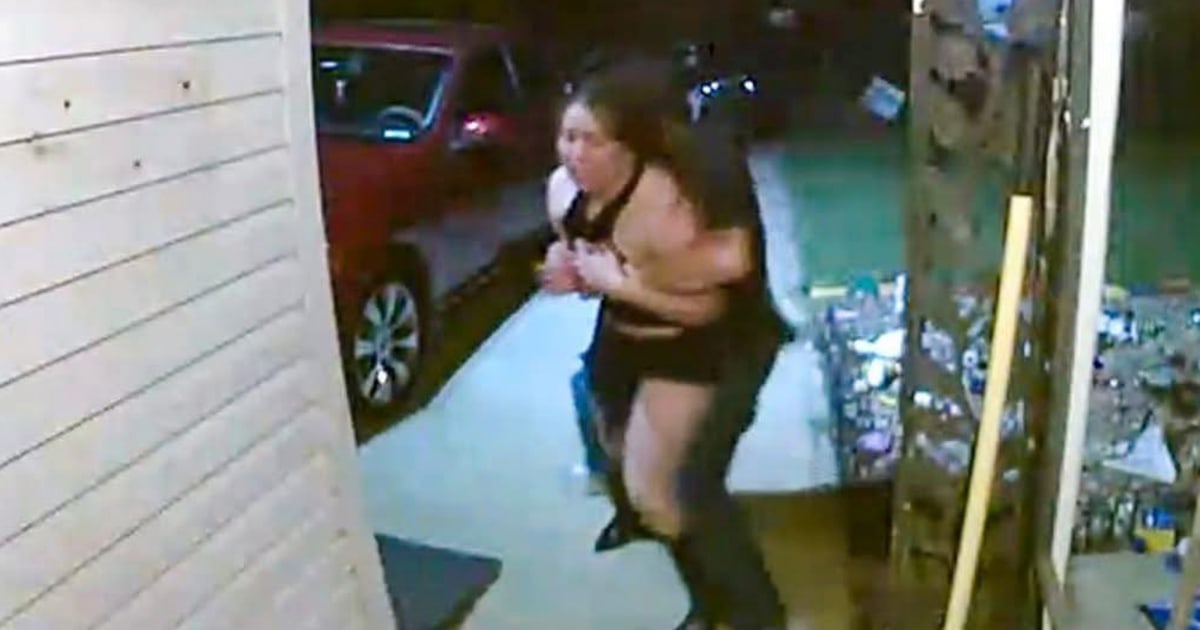It’s hard to explain death to a 4-year-old.
Miles Lucier couldn’t wrap his head around what death meant. His goldfish had died the year before. Their dog Copper had passed away a month earlier, and his mother Tricia Reagan tried to explain that the same thing happened to his half sister Sarah. But Copper had lived to 105 in dog years. Sarah Saponara was just 21.
His mother said his sister took medication that wasn’t hers. It had dangerous stuff in it, and it made her die. Death, she explained, meant he wouldn’t see Sarah again.
Two years passed before Miles and Tricia really talked about how she died again. It would come up randomly — at the grocery store, the park and the zoo: “Tell me how Sarah died.”
As Miles grew older, he had more questions: Where did Sarah get the medicine? Did the doctor give it to her? Could all medicines hurt you?
Sibling grief is real and powerful, but it’s often overlooked, especially when the grieving sibling is a young child. In the age of widespread access to drugs like fentanyl, overdose deaths have become a heartbreaking reality for more families. For parents, that means facing the impossible task of helping their young kids make sense of loss far too early.
‘We went through something horrific’
At 17, Sarah was prescribed opioids after a routine medical procedure. She started seeking out other drugs to capture that same feeling. At first it was weed, then ketamine and Xanax.
She struggled with bipolar disorder and ADHD, but when she was on drugs, she felt like her brain was balanced.
By the time Sarah went to college, she didn’t have a drug of choice, but she was addicted to being in an altered state. She ended up dropping out after four semesters.
On an acid trip, she once threw herself out of a moving car on the highway. That was one of the times Tricia felt like she might lose her.
Sarah’s addiction uprooted their lives. If Tricia had 100 metaphorical marbles to give to other people, she gave 96 of them to Sarah. At one point, Tricia was worried the person selling Sarah drugs would come to their house, and she sent Liliana, her then-13-year-old middle child, to go live with an uncle.
The panic attacks, anxiety and anger hit Liliana in waves: How could Sarah afford drugs, but not food? Why did she keep using?
It took years for her to truly understand the ways addiction had taken control of Sarah’s actions.
“It was really heartbreaking to have to experience Sarah be so dismissive,” Liliana, now 18, says, “There was a lot of anger when she died.”
Though they didn’t know the name for it at the time, they were experiencing anticipatory grief — the process of grieving a future loss, which can involve feelings of anxiety, sadness and anger. With overdose-specific loss, those feelings are often more complicated and grouped with the stigma of losing someone to substance.
“It wasn’t until after she died that I could say, we went through something horrific,” Tricia says. “It was freaking terrible.”
A fentanyl-laced pill took her life
It was August 2020 when Sarah tried heroin for the first time. She was with her girlfriend and their roommate. Just hours after snorting the drug, Sarah awoke to find her girlfriend unresponsive beside her.
Tricia got the call in the middle of the night: They were at the hospital, and Sarah’s girlfriend was dead. She stayed by her daughter’s side. During a brief break to take a conference call, Tricia left the apartment. When she returned with lunch and knocked on Sarah’s roommate’s door, there was no answer. She and Sarah found him dead, too. A fatal overdose from the same batch of drugs.
Later, Sarah admitted they’d known the heroin had killed her girlfriend but had both used it again anyway.
“I couldn’t understand why she would do that,” Tricia says. “From a distance, it’s clear to me that substances have a power that I do not understand…. Her brain was no longer able to process it in a rational way.”
Six months later, Sarah was gone. She never forgave herself for surviving that tragedy, her mom says. She overdosed at least twice and was in the ER just three days before her death. What eventually killed her on Feb. 17, 2021, was a counterfeit Percocet, laced with fentanyl.
In that final year of Sarah’s life, Tricia hardly slept.
Every morning, she checked Sarah’s location and social media. If too many hours went by without hearing from her, Tricia would drive by her apartment, heart racing, to check she was there.
Even though she’d imagined the ways Sarah could die thousands of times, nothing compared to the wall of grief that hit her when it actually happened.
Sarah had been the soundtrack to their lives. She played 17 instruments. At her rural conservative high school in Ashland, Virginia, she was the first openly gay member of the homecoming court and was voted class clown. When she died, it was like the music stopped.
Tricia wanted to collapse, but she had two other kids to raise. The fear was paralyzing.
“One of the hardest things about parenting, when you’ve lost a kid to overdose, was (thinking) what role did I play in getting Sarah to where she was? And how can I make sure I don’t make that same decision with my other children?” Tricia says.
Liliana, seven years younger than Sarah, had memories. But Miles was just 4. How do you help a child grieve the sibling they barely knew?
Parenting in the shadow of grief
For Tricia, parenting now can feel scary.
Today’s teens are navigating an ecosystem where counterfeit Oxycodone, Xanax, Percocet and Adderall are accessible on platforms like Facebook, Snapchat and Telegram. As many as six out of every 10 fake prescription pills contain a potentially lethal dose of fentanyl, according to the Drug Enforcement Administration, which led the “One Pill Can Kill” campaign.
More than 100,000 people die from drug overdose each year in the U.S., with nearly 70% of deaths caused by synthetic opioids, primarily fentanyl. But it’s a reality Tricia says parents don’t want to talk about.
“The shunning I’ve felt… because of my daughter’s death, I think it’s because they don’t want to ever imagine that happening to them,” Tricia says.
Liliana became sharply aware of the dangers around her. She’s had three surgeries since Sarah died and was adamant with each one that she didn’t want to use opioids, despite pushback from doctors.
“When I told them I didn’t want to use opioids, it felt like they were diminishing me and my character,” Liliana says. “I wish more people knew opioids didn’t have to be the norm.”
In Liliana’s room, a neon lightning bolt lightly illuminates her bed. It was her sister’s. Sarah had once nearly been struck by lightning, and that Christmas, Tricia got her the lamp and a bracelet with a poem that read: “Believe me when I tell you that girls like you are made of lightning — hard to forget and remembered by all.”
There are often feelings of anger, regret and guilt that come with the loss of a loved one to overdose, and it’s important to seek out overdose-specific grief resources. When explaining an overdose death to a young child, it’s critical to tell the truth, even if it’s explained in simple terms, according to the Dougy Center, which focuses on grief in children and families.
Tricia brings Liliana and Miles, now 8, to a local support group for those who have had a loss related to substance abuse through Full Circle Grief Center and take part in the GRAPLE Initiative, a peer-lead grief support group for losses related to substance use disorders.
Tricia also sends Liliana and Miles to a Comfort Zone Grief camp for kids 7 to 17 who have all lost a parent or sibling to overdose, where she also participated in a parent program.
On the ride home from camp one year, Miles remarked to Tricia: “I don’t think I remember Sarah. Sometimes they want us to make a picture about our favorite memory, and I don’t have any.”
That’s part of the challenge. But at camp, a volunteer taught Miles that he could still make new memories with Sarah, by carrying something of hers, honoring her legacy or thinking of her during new moments.
This year, for the camp memorial service, Miles decorated a luminaire bag with lightning bolts.
For a young child, grief doesn’t always follow the path we expect. It finds its own quiet places to live. In the corner of their kitchen, there’s a small space that Miles calls “Sarah’s house.” Over the years, he’s filled it with little things for her: a few photos from family trips, small toys, and, one Christmas, a tiny doll bed.
“She needs a bed in her house,” he told Tricia.
She smiled and asked gently, “Do you think she sleeps there?”
Miles shook his head. “No,” he said. “She’s in the stars.”
If you or someone you love is struggling with a substance use disorder contact the SAMHSA National Helpline at 1-800-662-HELP (4357) for information and resources.
Rachel Hale’s role covering Youth Mental Health at USA TODAY is supported by a partnership with Pivotal and Journalism Funding Partners. Funders do not provide editorial input.
Reach her at [email protected] and @rachelleighhale on X.
First Appeared on
Source link













